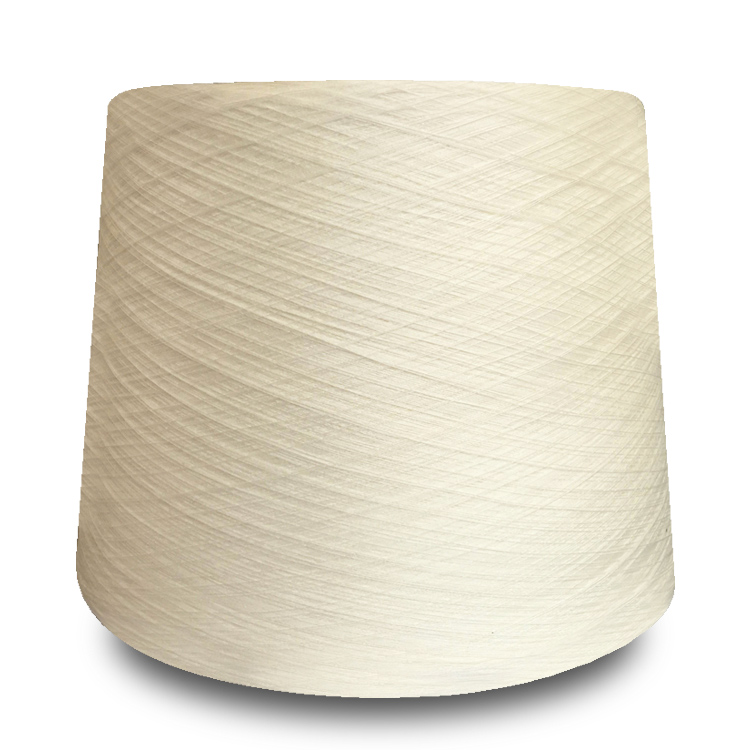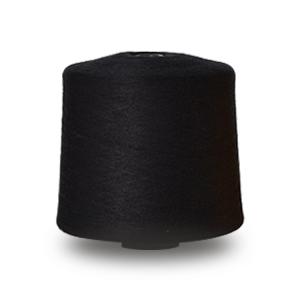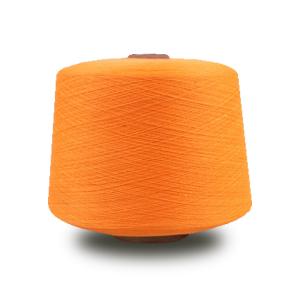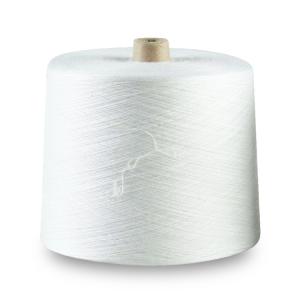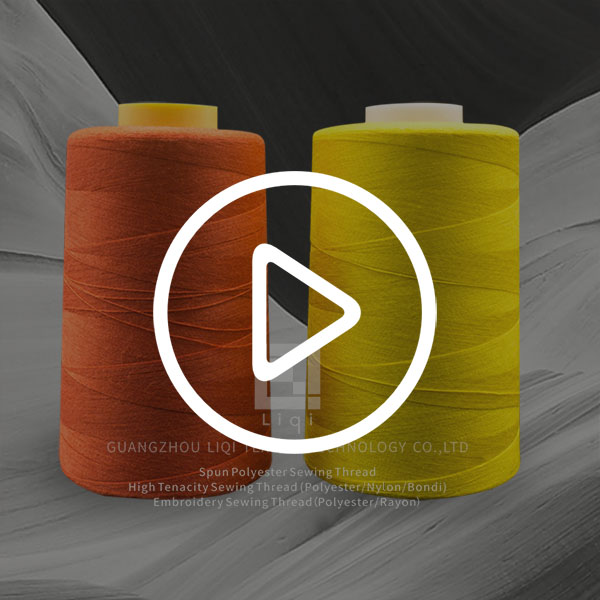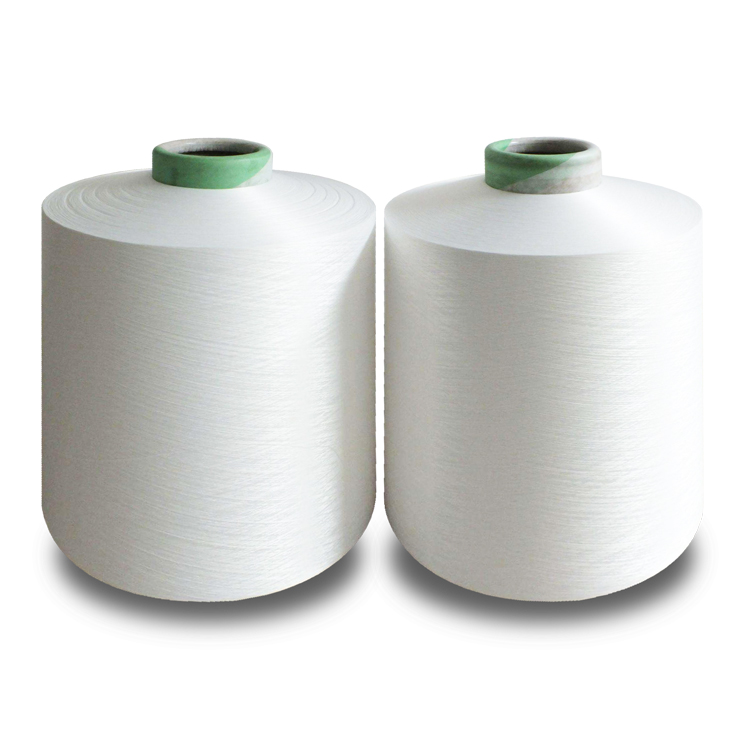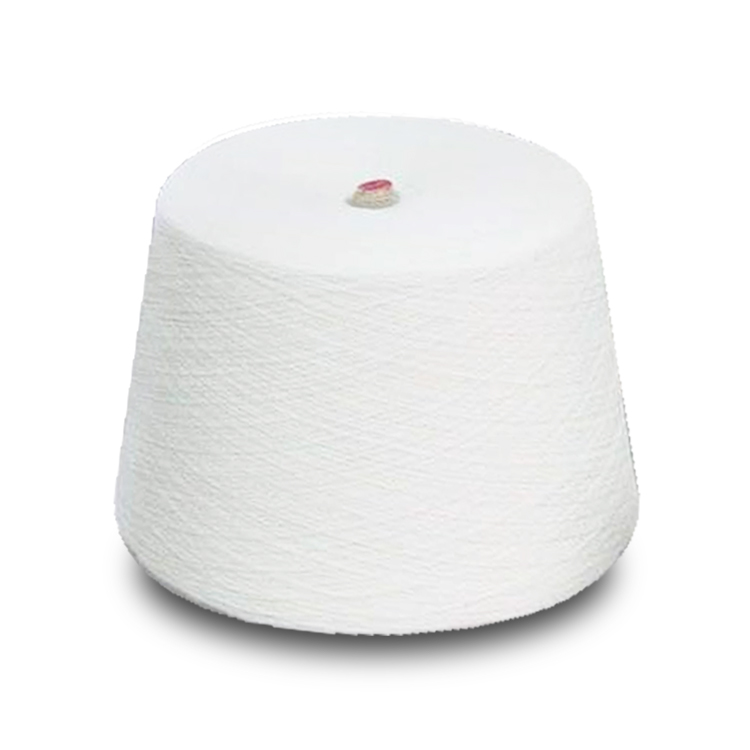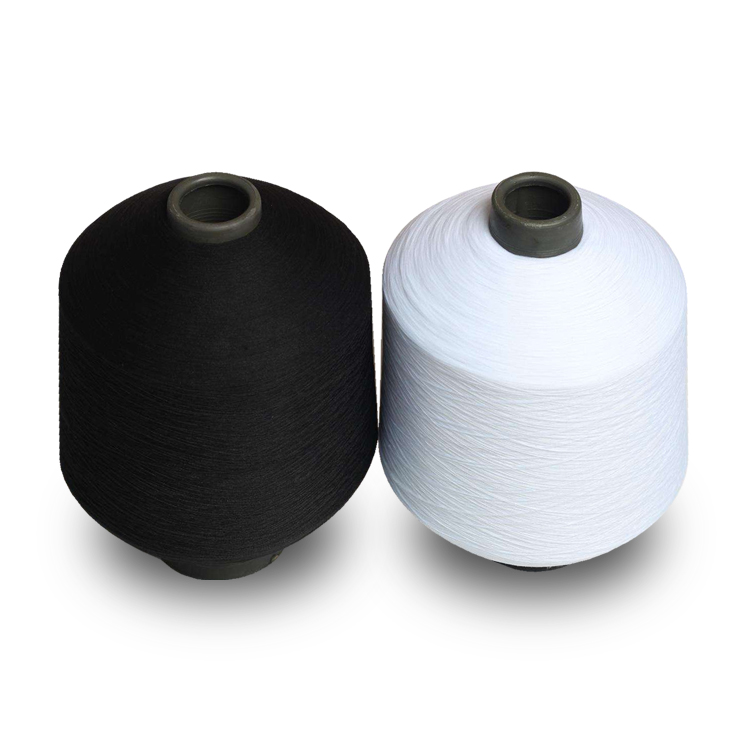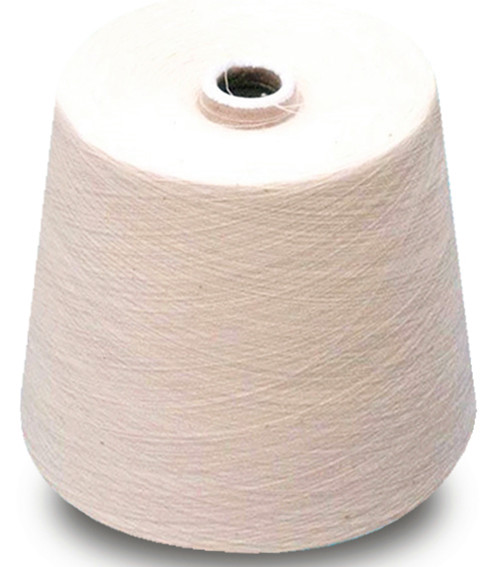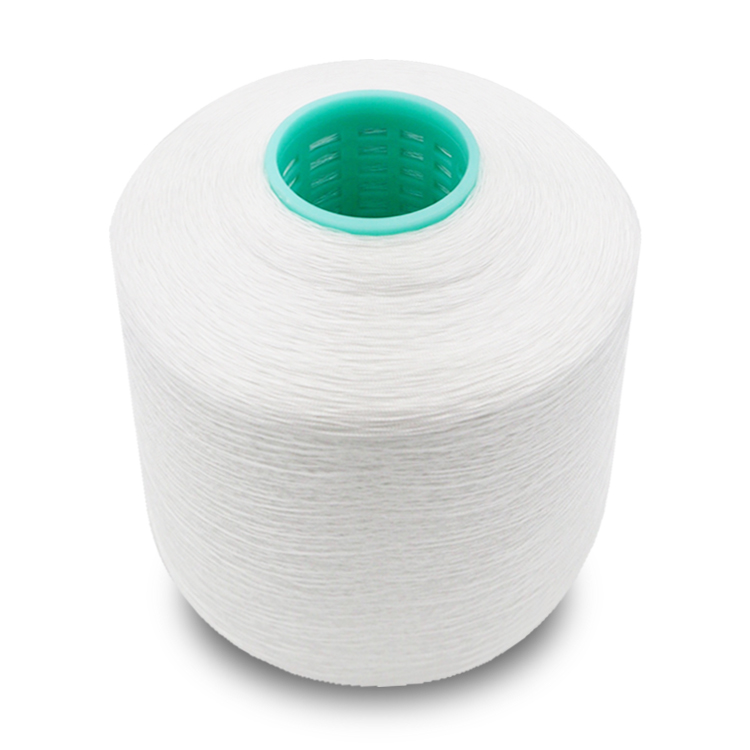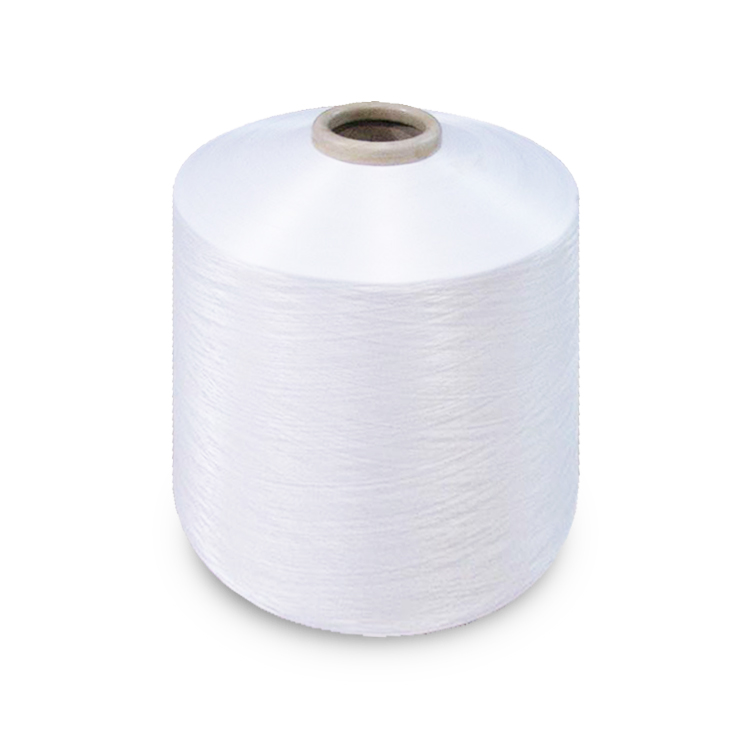Share to:
Related Products
Wholesale 100% cone spun cotton hand sewing yarn
LQ-0203
Price: From $0.66
Delivery time: 9-20 days after payment
MOQ: 500 KG
Liqi cotton thread for sewing quilts by hand uses imported silicone oil, which is strong, durable and of high quality.
Classification of Cotton Yarns
(1) According to the habit of roughness and fineness:
a.Roving yarn: cotton yarns of 17 "tex" and below are roving yarns. Mainly used for weaving thick or velvet, looping cotton fabrics, such as coarse cloth, flannel, strong cloth, etc.
b. Medium count yarn: 18-27 cotton yarns are medium count yarns, which are used to weave plain cloth, twill cloth, satin and other general fabrics; and (3) Fine count yarn: 28 or more cotton yarns, which are used to weave fine cloth poplin, high-grade knitted and woven fabrics.
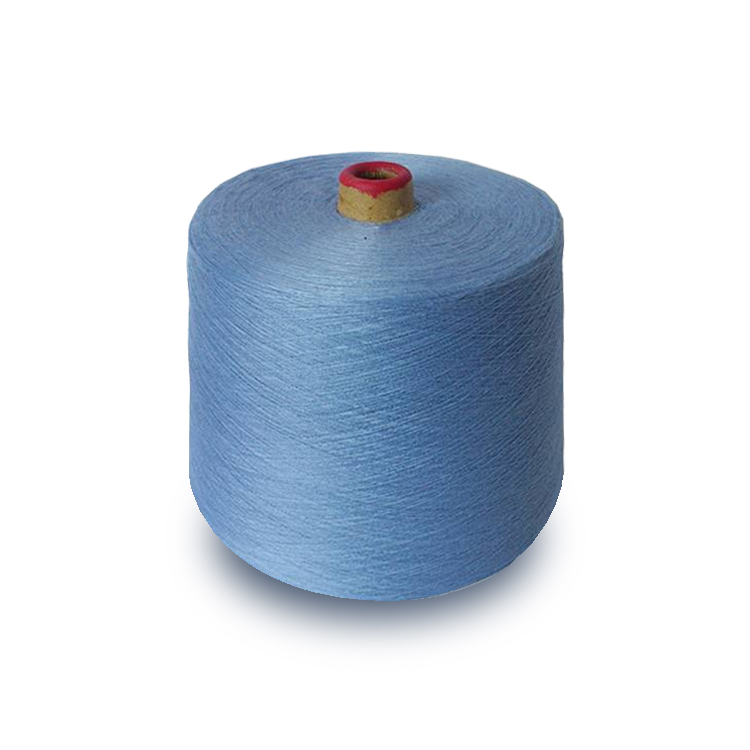
(2) According to the grade of cotton blending:
a.Carded yarn: Ring spinning yarn without combing process, used for general needles and woven fabrics;
b.Combed yarn: Using high quality cotton fibers as raw materials, a combing process is added to the conventional combed yarn in spinning. The yarn is of good quality and is used to weave high-grade fabrics, such as high-grade poplin and fine cloth.
c.Waste spinning: refers to the yarn made entirely from waste cotton treated in the spinning process, which is used to weave low-grade cotton blankets, flannel cloth and wrapping cloth, etc.
d. New spinning: the yarn is spun by a new spinning system.
(3) According to twist direction:
a.Backhand twist (also known as Z twist) yarn is widely used in various fabrics.
b.Hand twist (also known as S twist) yarn, used for weft weaving of woolen cloth.
(4) According to yarn use:
a.Warp yarn is a kind of yarn parallel to the edge of the fabric, which has great strength and twist.
b. Weft yarn is a yarn in the direction of vertical selvage in woven fabric. Its strength is lower than that of warp yarn, and its twist is generally lower than that of warp yarn, thus maintaining a certain degree of softness.
c. Knitting yarn requires cleanliness, uniformity and small twist to prevent broken ends when knitting bends;
d. industrial yarns such as tire cord yarn, conveyor belt yarn, medical yarn, etc.
(5) According to yarn dyeing and finishing and processing points:
a. Natural yarn (also known as primary color yarn): to maintain the natural color of fibers for weaving primary color grey cloth;
b. dyed yarn: primary color yarn made by boiling and dyeing for dyeing cloth;
c. Colored spinning (including blended yarn): yarn made by dyeing fibers and then spinning can be woven into fabrics with irregular stars and patterns;
d.Bleached yarn: Bleached yarn is made from primary color yarn, which can be used for weaving bleached cloth or interwoven with dyed yarn into various dyed products.
e.Mercerized yarn: mercerized cotton yarn. There are mercerized bleaching and mercerized dyeing yarns for weaving high-grade fabrics.
f.Sintering yarn: After burning down the hairs on the surface of yarn by the Sintering Machine, the yarn with smooth surface is made for weaving high-grade products.
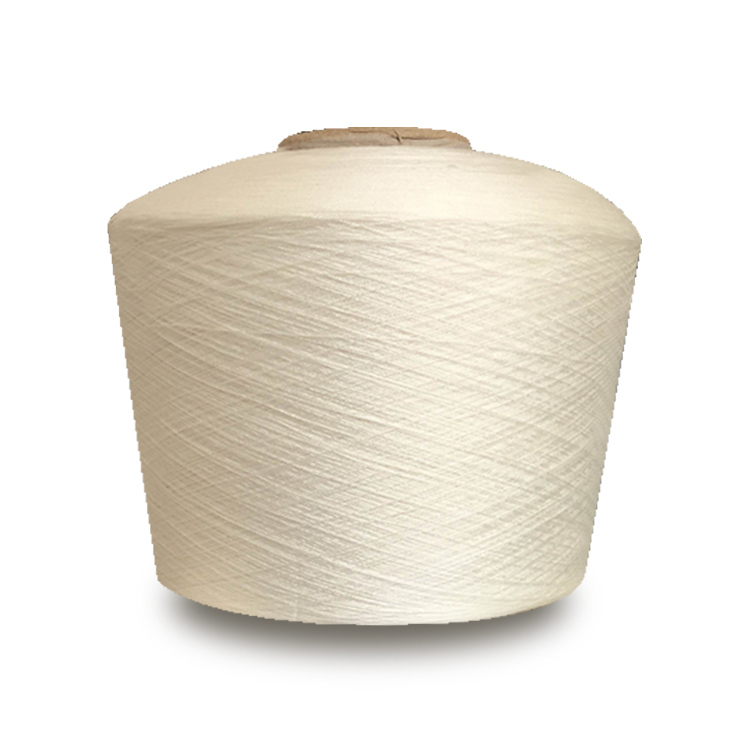
(6) According to the use, it can be divided into:
a. yarn for weaving (shuttle weaving): twist coefficient is greater than 360.
b.yarn for knitting: twist coefficient is less than 330.
(7) According to the yarn-forming equipment:
ring spinning, air spinning (OE), Siro spinning, compact spinning, rotor spinning, eddy current spinning, electrostatic spinning, etc.

